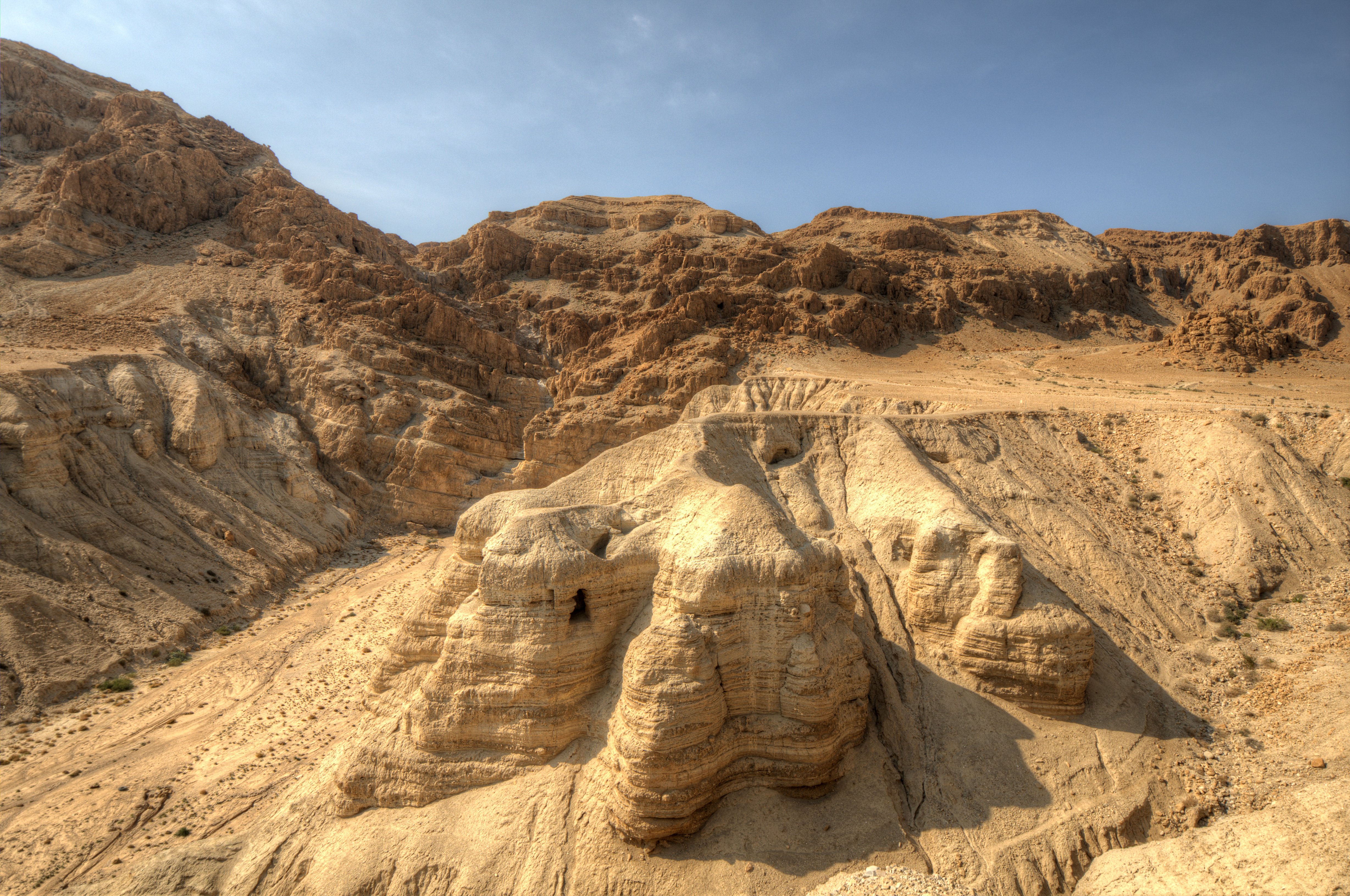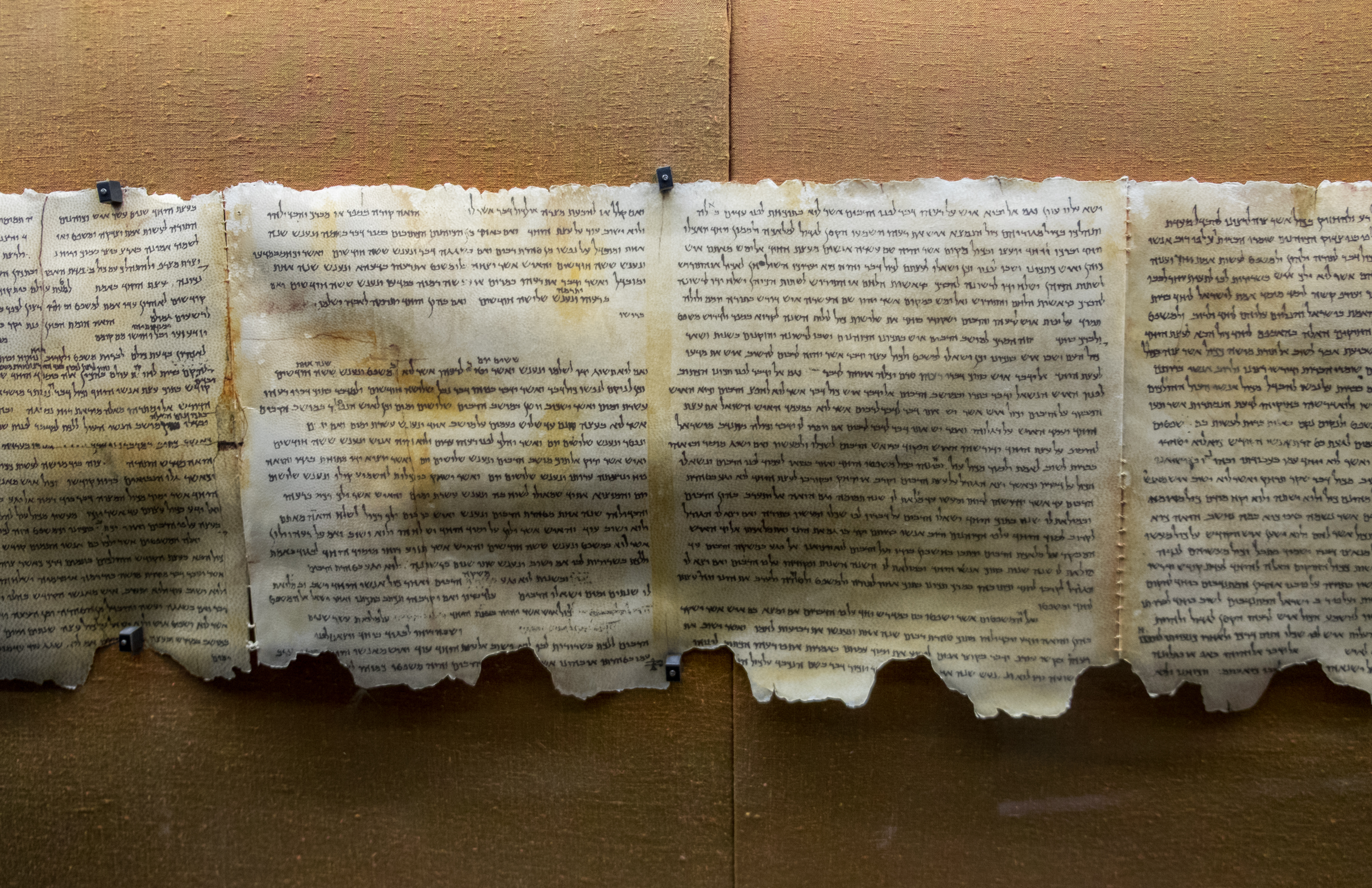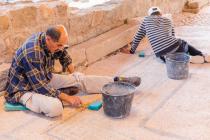More Dead Sea Scrolls Unearthed in Israel
Teams of researchers and archaeologists in Israel recently made one of the biggest biblical discoveries in years—new fragments of the famous Dead Sea Scrolls.
If you’ve ever been on one of our Israel tours, you know that archaeological digs are a constant sight across the Holy Land. From the Galilee region to Jerusalem, Israel is a treasure trove of biblical history waiting to be unearthed. The original discovery of the Dead Sea Scrolls in 1947—and the new addition of these scroll fragments—is monumental in unearthing biblical history and helping us learn about the origins of our faith.

The newest excavation revealed dozens of ancient findings. Among the artifacts discovered were coins, a prehistoric basket estimated to be 10,000 years old—the earliest intact basket ever discovered—and the skeleton of a child. But the crown jewels of this excavation were the more than 80 scroll fragments recovered, many of which feature biblical text that date back to the first century B.C.
The groundbreaking discovery revealed something experts say we have never seen before: versions of Zechariah and Nahum that are written in Greek. This particular text comes from the oldest complete, physical biblical scroll known: the Septuagint Greek translation of the Old Testament. Experts speculate that these may have been part of a single large scroll containing all the Minor Prophets from the Old Testament. Most of the scrolls discovered in the past are written in Hebrew or Aramaic.
These items were discovered in the Cave of Horror near the western shore of the Dead Sea. History suggests that Jewish refugees and rebels hid here during a second-century uprising against the Roman Empire. The mouth of the cave opens more than 200 feet below a cliff, making it accessible only via climbing ropes. This recovery has been described as part of a daring “rescue mission”—an attempt to get to these valuable artifacts before looters and smugglers. When these kinds of artifacts end up in the hands of scholars and researchers, we can add additional information to our ever-expanding understanding of biblical history.
The Original Dead Sea Scrolls
Unearthed from caves near Qumran soon after World War II, the Dead Sea Scrolls contained some of the earliest known biblical texts (some dated to the third century B.C.) as well as early Jewish religious documents. At the time, this was touted as one of the most important archaeological findings in biblical history.
The original discovery was accidental. A shepherd had lost a goat and was attempting to scare it out of a cave. He tossed a rock into the cavern and heard the sound of a shattering clay pot. After he investigated further, he immediately alerted authorities about what he’d found.
Inside that cave, plus in several others in its vicinity, were ceramic pots that contained tens of thousands of papyrus scroll fragments. The fragments had been preserved for centuries by the dry climate.

In the years that followed, researchers painstakingly assembled the fragments, cataloging nearly a thousand documents written in the languages of Scripture—many from around the time of Christ. This discovery was particularly jaw-dropping for biblical scholars because some of the Bible passages on the fragments were up to a thousand years older than previously known manuscripts. These scrolls helped scholars become more confident about the accuracy of their translations of the Old Testament.
When you travel to Israel, you are visiting a place where biblical history is constantly being discovered and understood anew. From the shores of the Dead Sea to the dusty streets of Jerusalem, Israel is a living museum. It’s a place where the story of God’s love comes to life and where the accuracy of God’s Word is constantly being affirmed.
What might an Israel tour mean for you and your faith?






